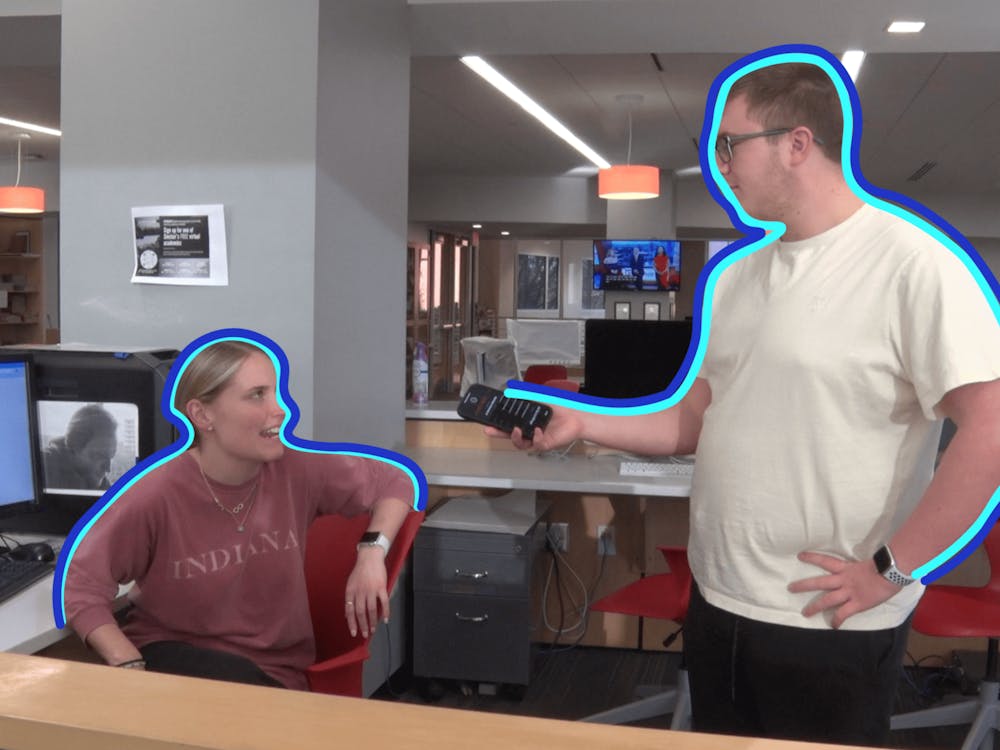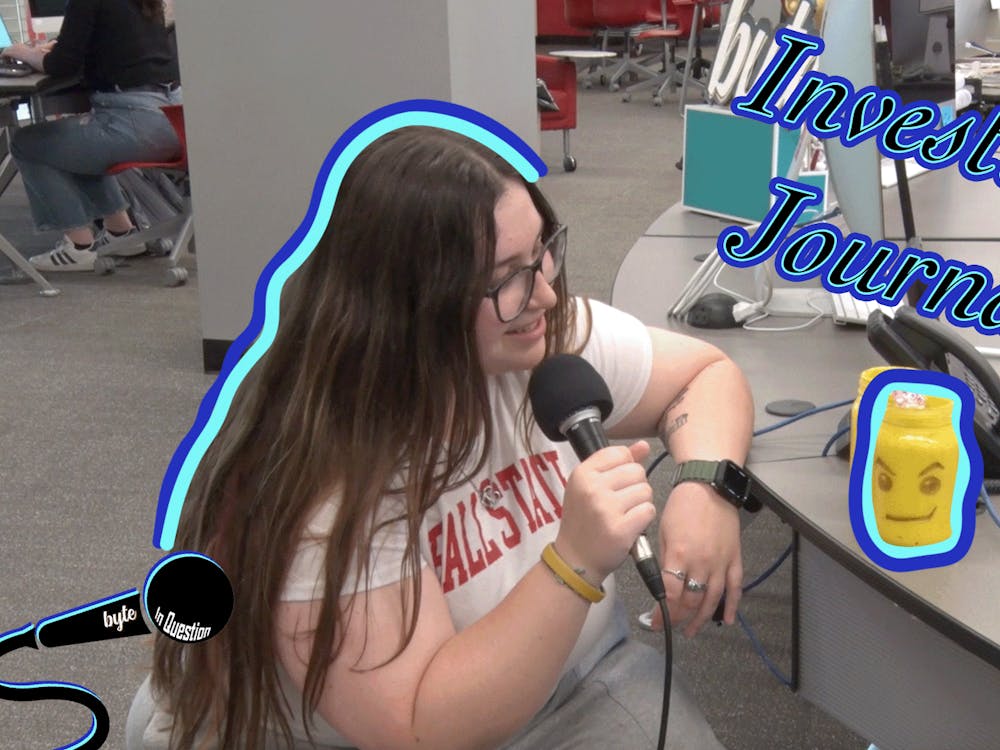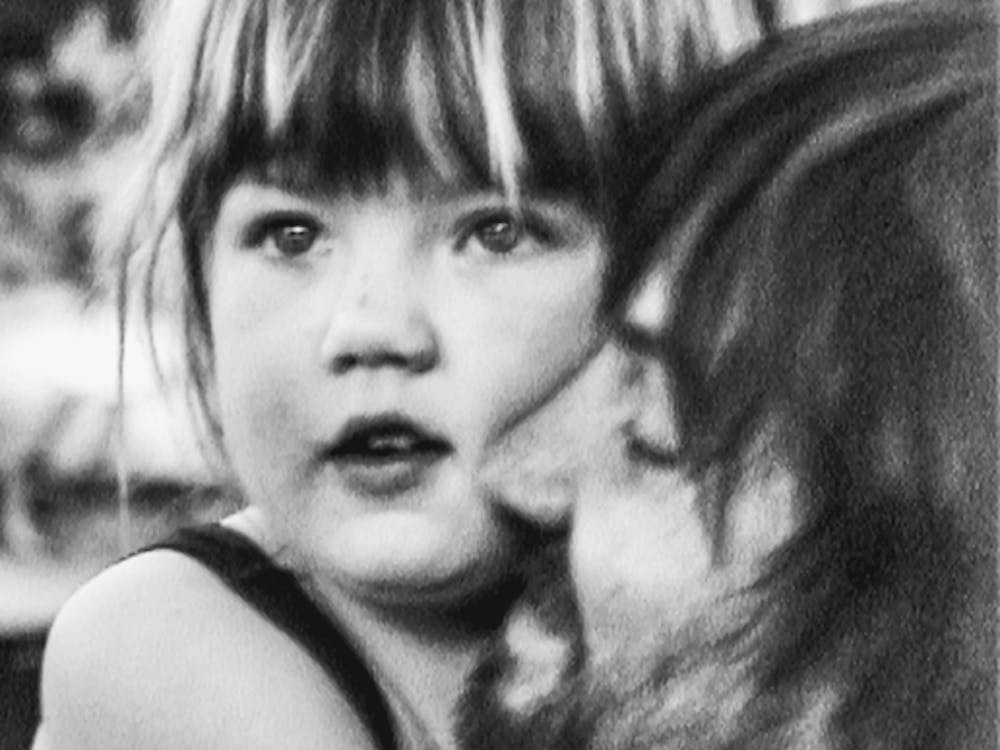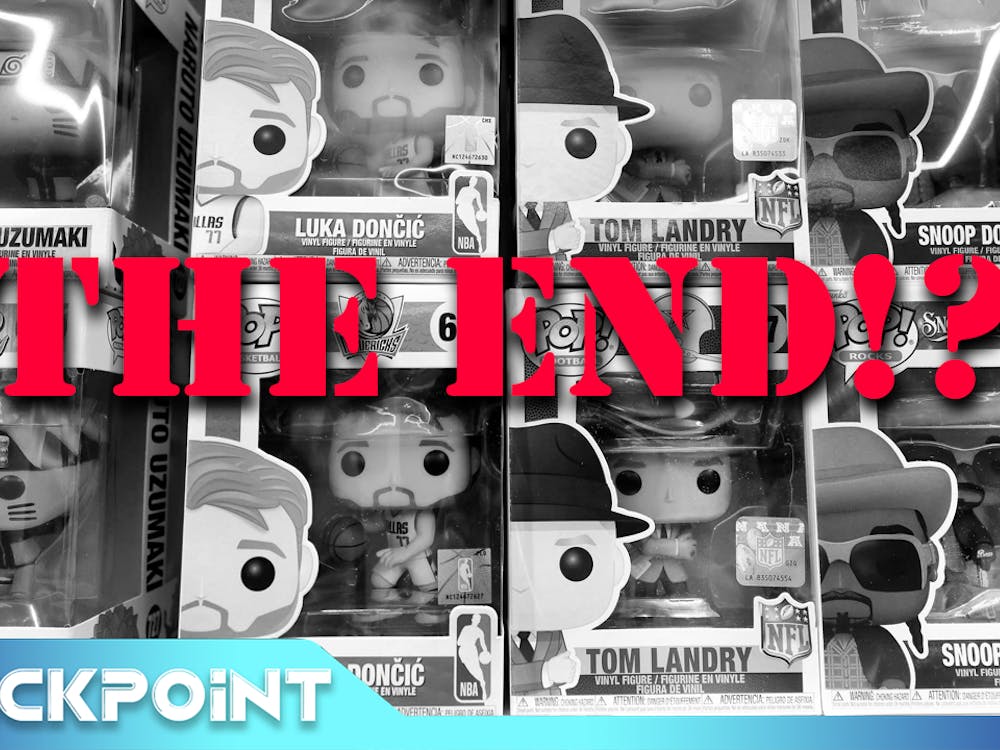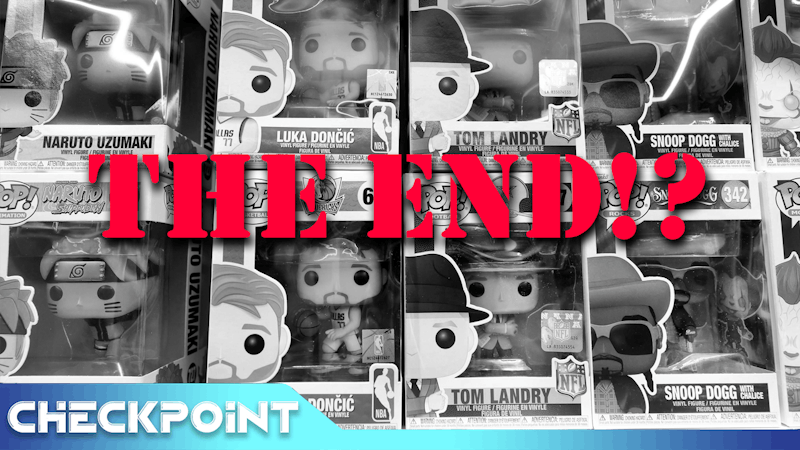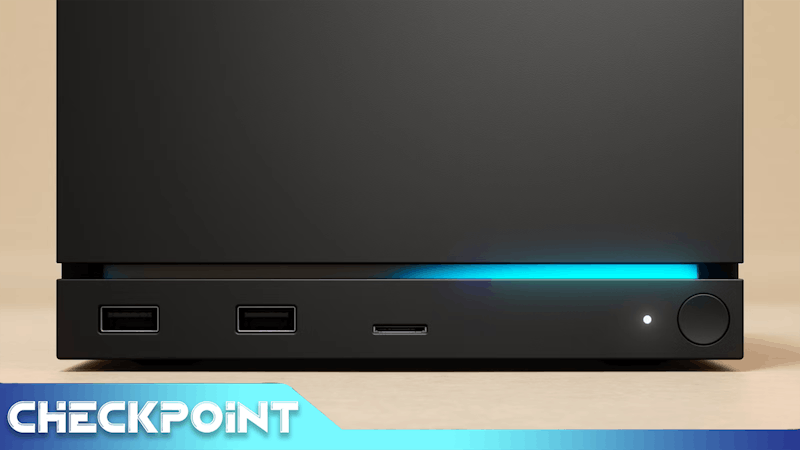The opinions and views expressed in this article are those of the author and do not reflect the opinion of Byte or Byte’s editorial board.
How to Train Your Dragon (2025) surpassed my expectations, and I think it is a good enough homage to the world of How to Train Your Dragon (2010). It wasn’t necessary to make. Of course, it was beautiful nostalgic, and immersive, but I feel the same way about the original movie. This movie is only good because the original was so good. It didn’t have the same charm or whimsy that made the original so special.
Soundtrack and Cinematography
The score of this movie, composed by the great John Powell, was perfect. It was one of the only things that got me emotionally invested in the story, and was tugging at my heartstrings through the film 10 times more than the writing was. ‘Test Driving Toothless’ was so memorable, that I got goosebumps. It’s an amazing use of melodies from the original soundtrack. John Powell does a great job of making the listener feel with the movie. I felt scared, powerful, and hopeful, all at the right moments. ‘Sketches of a Wounded Dragon’ added the proper mystery and intrigue to the scene that I wanted to keep watching. Overall, the soundtrack wasn’t as gentle as the original and took a more energetic approach. I liked this; it would’ve suffered if the music were a direct copy of the original.
The movie made me want to go to Ireland and the Faroe Islands in Denmark—where it was filmed—desperately. These locations were excellent to portray Berk’s seclusion, cliffs, and forests. Wide shots did an amazing job of making Berk seem as rural as described in scripts for both movies. In shots including Stoick, played in both films by Gerard Butler, the viewer looks up at the scene from a low angle, instead of at eye level with the viewer as in the original movie. This gives Stoick an even more distant father/son dynamic and puts him almost literally on a pedestal. It makes the title ‘Stoick the Vast’ that much more fitting.

Still from How to Train Your Dragon (2025) provided by DreamWorks.
While there were plenty of scenes putting Stoick on a pedestal and establishing that relationship, there could’ve been more of that from the cinematography around the dragons. I wanted more low-angle shots to show the size difference between the dragon and human characters. It almost seemed like they made the dragons shorter in the live-action movie. Hiccup and Toothless appear almost the same height. This was probably to frame Toothless as Hiccup’s equal, but it lacks the whimsy of making friends with a mythical creature that I craved would be brought to life.
The lighting of the movie felt way too dark, fitting with the trend of movies with heavy CGI being that way. I get it, it’s hard to light CGI models, washing the whole movie out in a darker filter makes everything blend easily and cheaply. However, it makes How to Train Your Dragon feel too much like Game of Thrones. This was far from the only thing wrong with the movie overall, but I noticed it when rewatching the original movie after.
Characterization, Cast, and Writing
I appreciate that this cast shared a lot of the same actors as the original movie, along with a very similar script. So much so that I think it would’ve been a better choice for some of the main characters to stick closer to the character’s original motives. Even though I’m against the concept of the live-action remakes that have been the trend in the last five years or so, How to Train Your Dragon (2025) drew me in because of the whimsy and charm of the characters in the first movie. However, most of this cast just didn’t give me the same charm, and the writing added to that mistake.
Astrid, played in the live-action by Nico Parker, was the first disappointment. Her take on the character was boring and unimaginative. First off, I felt Parker wasn’t fully immersed in the role. She played Astrid as a Viking fighter, nothing more. I didn’t feel her intrinsic motivation to prove herself and become village chief in Hiccup’s place. When Parker said the line, ”I’m gonna be chief one day” she simply spoke the line like it was a casual tease. It didn’t feel intimidating. It’s supposed to be a challenge to Hiccup, putting them at odds with each other and setting up the payoff of their getting together later in the movie. Of course, the writing of this scene worsened those odds, Hiccup’s reply being “I don’t doubt it.” Which leads me to the couple in general. These two actors have no chemistry as Astrid and Hiccup do in the original movie.
In the original movie, Astrid, voiced by America Ferrera, had good enemies to lovers dynamic with Hiccup, voiced in the original by Jay Baruchel. They were rivals, but they had chemistry. A good example of this is the physical acting between the two movies. The animated movie did a good job of putting the couple in awkward physical situations. For example, in the fight with Stormfly in the original movie, Astrid topples a wall while fighting the dragon and lands on top of Hiccup, getting her axe stuck in his shield. Physical acting like this helps plant the seeds of romance in the audience. I felt no such chemistry with Parker’s performance.
It wasn’t all Nico Parker’s fault. Hiccup, played in the live-action by Mason Thames, wasn’t giving her much to work with. His take on Hiccup was more than boring and unimaginative, he gave the viewer absolutely nothing. Much like Parker, I got the impression Thames wanted to make Hiccup into a more nonchalant boy.

Still from How to Train Your Dragon (2025) provided by DreamWorks.
One thing I appreciate about the portrayal of men in animation is that they are allowed to have emotions. Too often I see the rhetoric of men not being dynamic, humanized characters, they are just one thing. This performance of Hiccup felt like just that, one thing. In the original animated movie, Hiccup not only makes his first friend in Toothless, but he gets courage from that to slowly make better friends with the people in The Trial of Flame as well. This not only gives Hiccup the courage needed to coax his friends to train dragons as well, but also gives his friends the motivation to accept this. With Thames’ performance, the writing and pacing of the movie, this payoff is nowhere to be found.
In this version, Hiccup goes from training sessions—mysteriously coaxing the dragon to do this or that—straight to training Toothless, then home. There is no time for the other characters to see Hiccup as anything other than how they knew him before, or his redeemable qualities other than mysteriously taming dragons day after day. Hiccup was largely emotionally distant from not only Astrid, but the entire group. It only made sense to me, as the viewer, why he brought them along for the final fight because I had seen the original animated movie where they had that fleshed out relationship and Hiccup had gotten to know each character’s strengths and weaknesses. It does not make sense when this remake stands on it’s own. Ruffnut, played by Bronwyn James and Tuffnut, played by Harry Trevaldwyn were a pleasant surprise in how well they fit their roles. I think they both did precisely what they needed for the role and their performances made them the most charming of the main five characters.
Of course, even the most charming members of these main five characters only suffered from emotionally distant writing and story progression. The writing of this movie felt super emotionally distant. It felt like the writers had read the original script, but not actually watched How to Train Your Dragon (2010). I liked the similarity to the original script, however I think it got to be too similar. With a different cast and a different format, I think the writers could’ve at least tried to put their own creative spin on this story. I didn’t get the impression they were trying at all. At the same time, the pacing and progression felt rushed. It felt like the crew was being overworked every single step of the way.
Special Effects and CGI
The effects and CGI of this movie were probably the most redeeming thing about it. I noticed a mixture of practical effects and puppets while watching the movie, which was refreshing to see. I will say, Toothless was the only good dragon design. Much like I’ve said before, it feels like they toned down the designs of the dragons from the original movie.

Still from How to Train Your Dragon (2025) provided by DreamWorks.
I mentioned before how the dragons looked shorter than in the original movie, but they are also less colorful and have a lot less personality. The dragons in the original movie had a lot of physical characterization, as well as scenes in the movie. Sure, in the remake they all moved differently and had different explanations from Fishlegs, played by Julian Dennison, but they were otherwise just dragons. The exception to this is Toothless, the selling point of the film.
I could tell the designers and producers worked hard on making Toothless into the catlike, doglike, lizard-like dragon of the original movie, and surprisingly I think they succeeded. I loved his movement throughout the film. There’s so much character you can get out of something with wings and a tail, but it can very easily be done wrong. Toothless’ movements and mannerisms were so charming. I liked the way they made his half-mane trickle and move with his different emotions, and the scene where Hiccup scratches his chin and Toothless kicks his leg is so cute. He has so much character just from these slight movements. Seeing trailers of Toothless was the reason I wanted to go see this movie in the first place.
Conclusion
While How to Train Your Dragon (2025) was surprisingly not that bad, it was still an unnecessary movie to make. Seeing it in theaters was fun, and I’m always ready to support my local theater, however, I would much rather support the making of original movies with new concepts. It didn’t have the charm or whimsy that the original animated movie did, but was still a nice tribute to the original film.

Sources: IMDb, IMDb, Spotify, Spotify, Spotify, IMDb, IMDb, IMDb, IMDb, IMDb, IMDb, IMDb, IMDb, IMDb
Images: DreamWorks
Contact Ashton Weir with comments at mooseweir@gmail.com or on Instagram @ash.art_0303




